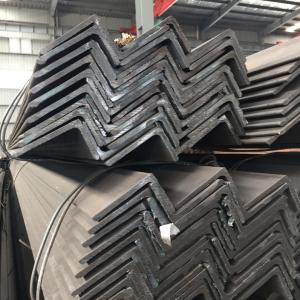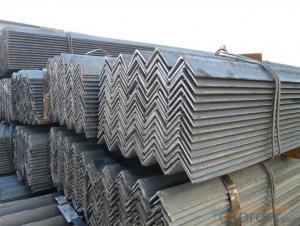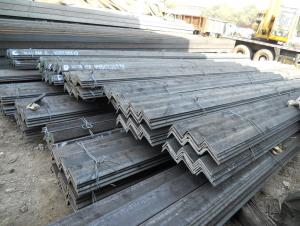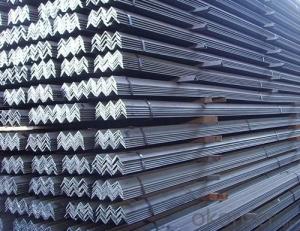ms unequal angle bar unequal angle iron black galvanized unequal angle steel
- Loading Port:
- Tianjin
- Payment Terms:
- TT OR LC
- Min Order Qty:
- 25 m.t.
- Supply Capability:
- 200000 m.t./month
OKorder Service Pledge
OKorder Financial Service
You Might Also Like
Specification
We supply ms equal & unequal angle bar, channel bar,jis channel, upn, steel i beam,h beam, ipe, ipeaa, steel sheet pile, flat bar, hollow section, tmt bar, wire rod, binding wire, wire mesh, hrc, CRC, gi coil, ppgi, roofing sheet, chequered coil & plates, medium plate, scaffolding systems, prefabricated container houses etc. Also for metal & steel processing.
If you are in the market for any steel products, please feel free to contact us.
ms unequal angle bar unequal angle iron black galvanized unequal angle steel
A36 Steel Angle is one of the most popular hot rolled, low carbon steel shapes used in manufacturing, fabrication, and repair projects. From trailers to truck beds, farm implements to construction equipment, steel angle has thousands of uses and applications. Its 90 degree angle shape adds strength and rigidity to any project for a lower price compared to other shapes and types of metal. It is easy to weld, cut, form and machine. Rcjs stocks hundreds of sizes of steel angle that you can buy online in ready to ship precut or mill lengths or you can order just what you need custom Cut to Size in small or large quantity at wholesale prices.
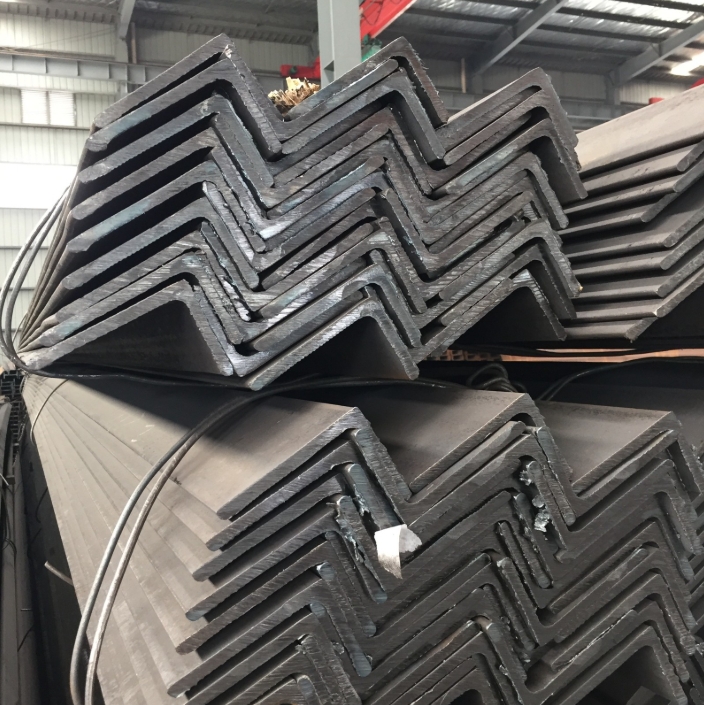
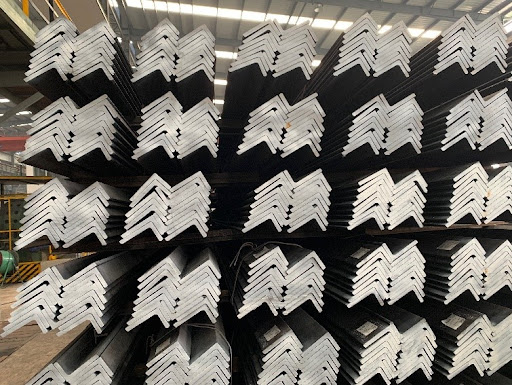
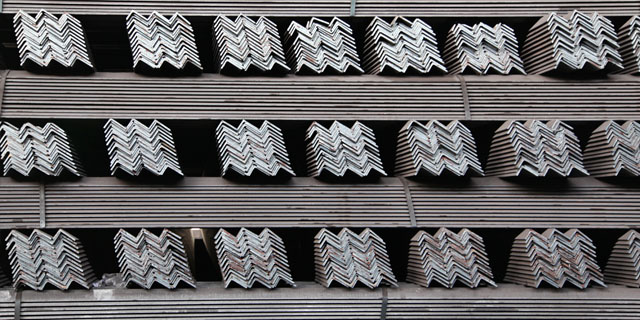
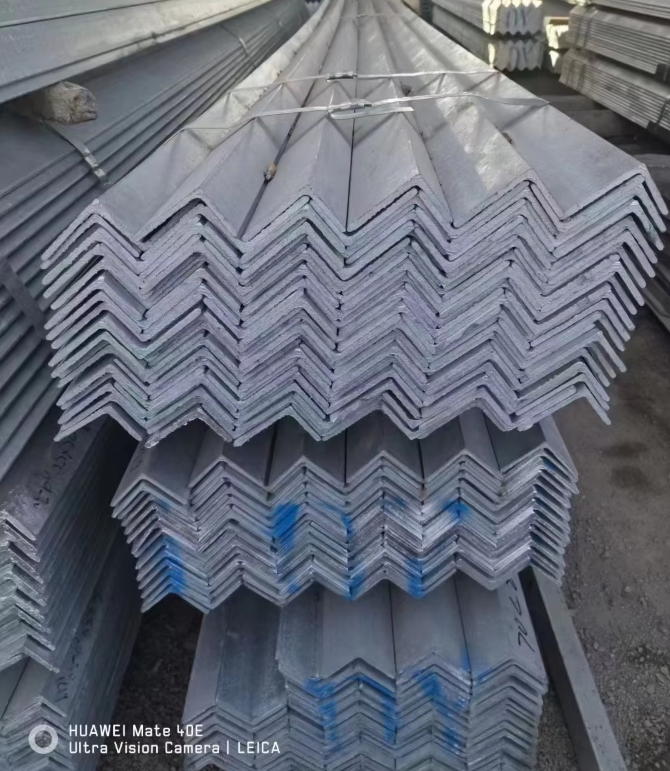


- Q: Are steel angles load-rated?
- Yes, steel angles are load-rated. The load rating of a steel angle depends on its dimensions, thickness, and material grade. The load rating is determined through engineering calculations and testing to ensure it can safely support specific loads and applications.
- Q: Can steel angles be used as supports for beams or columns?
- Steel angles serve as suitable support for beams or columns. These L-shaped steel members find extensive usage in construction and engineering ventures. Their strength and stability make them particularly ideal for supporting beams or columns. Steel angles effectively provide structural support by transferring the load from the beams or columns to the foundation or other structural components. They often act as brackets or braces, reinforcing the beams or columns and preventing any buckling or bending when exposed to heavy loads. The adaptability of steel angles allows for easy welding, bolting, or connection to the beams or columns. They can be tailored to fit specific project requirements, granting flexibility in design and construction. Moreover, steel angles possess durability and corrosion resistance, rendering them suitable for both indoor and outdoor applications. They offer various dimensions and thicknesses, enabling engineers and architects to select the appropriate angle measurements based on the load and span of the beams or columns. Overall, steel angles present a dependable and cost-effective option for supporting beams or columns in construction projects. They offer strength, stability, and versatility.
- Q: What are the standard lengths for steel angles?
- The standard lengths for steel angles vary depending on the manufacturer and the specific requirements of a project. However, there are some commonly available standard lengths for steel angles. These include 20 feet, 30 feet, and 40 feet. It is important to note that steel angles can also be cut to custom lengths based on the needs of a particular application.
- Q: Are steel angles resistant to wind loads?
- Yes, steel angles are resistant to wind loads. Steel angles are commonly used in construction for their strength and stability. When properly designed and installed, steel angles provide structural support and can effectively resist the forces exerted by wind. The shape and geometry of steel angles provide rigidity and stability, making them capable of withstanding wind loads without significant deformation or failure. Additionally, steel angles can be reinforced and connected to other structural elements, further enhancing their resistance to wind loads.
- Q: How are steel angles tested for quality control?
- Steel angles are tested for quality control using various methods to ensure that they meet the required standards and specifications. One common method is visual inspection, where trained inspectors visually examine the angles for any surface defects, such as cracks, dents, or uneven surfaces. This helps to identify any visible flaws that may affect the structural integrity of the angles. Another method used for quality control testing is dimensional inspection. This involves measuring the dimensions of the angles, such as length, width, and thickness, to ensure they meet the specified tolerances. This is crucial as any deviations from the required dimensions can impact the performance and fit of the angles in various applications. Mechanical testing is also carried out to assess the mechanical properties of the steel angles. This includes tests such as tensile strength, yield strength, and elongation. Tensile strength measures the maximum amount of tensile stress the angle can withstand before breaking, while yield strength indicates the stress at which permanent deformation occurs. Elongation measures the ability of the angle to stretch without fracturing, providing insights into its ductility. In addition, chemical composition analysis is performed to verify that the steel angles contain the correct proportions of alloying elements and impurities. This is done using techniques such as spectrometry, which helps ensure that the steel meets the required chemical composition standards. Furthermore, non-destructive testing methods are used to identify any internal defects or inconsistencies in the steel angles without causing damage. Techniques like ultrasonic testing, magnetic particle testing, and radiographic testing are employed to detect potential flaws such as cracks, voids, or inclusions that might not be visible to the naked eye. Overall, a combination of visual inspection, dimensional inspection, mechanical testing, chemical composition analysis, and non-destructive testing is employed to ensure the quality and integrity of steel angles. These stringent quality control measures help to guarantee that the angles meet the necessary standards and can perform their intended functions safely and reliably.
- Q: How do you calculate the bending stress in a steel angle?
- To calculate the bending stress in a steel angle, you can use the formula σ = (M * c) / I, where σ is the bending stress, M is the bending moment, c is the distance from the centroid to the extreme fiber, and I is the moment of inertia.
- Q: What are the common uses of equal steel angles?
- Equal steel angles, known for their versatility and wide usage in various industries, serve as a crucial structural component. They find application in different sectors, including but not limited to: 1. Construction: In construction projects, equal steel angles are extensively employed for framing, support, and bracing structures. They are commonly used in the assembly of buildings, bridges, and other infrastructure developments. 2. Manufacturing: Equal steel angles hold immense significance in manufacturing industries such as automotive, machinery, and shipbuilding. They are utilized in the fabrication of frames, chassis, supports, and various other structural components. 3. Shelving and Racking: The construction of shelving and racking systems often incorporates equal steel angles. These angles provide the necessary strength and stability to bear heavy loads, making them a popular choice in warehouses, retail stores, and industrial facilities. 4. Fencing and Security: Equal steel angles are frequently employed in the construction of fences and gates, creating a robust and durable framework. This ensures property security, demarcation of boundaries, and protection of valuable assets. 5. Stairs and Handrails: Equal steel angles are commonly found in the construction of stairs and handrails, providing essential support and stability for safe and convenient access to different levels in buildings, walkways, and outdoor structures. 6. Infrastructure and Utilities: Equal steel angles play a vital role in various infrastructure and utility projects, including electrical transmission towers, telecommunication masts, and solar panel installations. These angles offer the necessary support and stability required for such structures. 7. Agricultural and Farming: The agricultural and farming industry greatly relies on equal steel angles for constructing fences, gates, and animal enclosures. These angles provide a secure and durable framework for containing livestock and safeguarding crops. 8. Decorative and Architectural: Equal steel angles are also utilized for decorative and architectural purposes, allowing for the creation of unique and visually appealing designs in buildings, furniture, and other decorative applications. In conclusion, equal steel angles find wide-ranging applications across various industries due to their strength, versatility, and cost-effectiveness. Whether it is for construction, manufacturing, infrastructure, or decorative purposes, equal steel angles play a vital role in providing structural support and stability.
- Q: Can steel angles be used for overhead cranes?
- Yes, steel angles can be used for overhead cranes. Steel angles are commonly used in the construction of overhead cranes due to their strength and rigidity. They provide structural support and stability to the crane, making it capable of handling heavy loads and withstanding the dynamic forces involved in lifting and moving objects. Steel angles can be welded or bolted together to form the framework of the crane, providing a robust and durable structure. Additionally, steel angles can be easily customized and fabricated to meet the specific requirements of the overhead crane, such as the length, size, and angle needed. Overall, steel angles are a popular choice for overhead cranes due to their excellent load-bearing capabilities and versatility in construction.
- Q: Are steel angles resistant to UV radiation?
- Steel angles are not inherently resistant to UV radiation. However, the level of resistance can vary depending on the type of steel used and the protective coating applied to the surface. Unprotected steel angles, such as hot-rolled or cold-formed steel, are susceptible to degradation and corrosion when exposed to UV radiation over time. The ultraviolet rays can cause the steel to oxidize, leading to rust formation and structural weakness. To mitigate the effects of UV radiation, steel angles can be coated with protective finishes such as galvanized zinc, paint, or powder coating. These coatings serve as a barrier between the steel and the environment, providing resistance to UV radiation and preventing oxidation and corrosion. It is important to note that even with protective coatings, prolonged exposure to intense UV radiation can still cause some deterioration over time. Therefore, regular inspection and maintenance are necessary to ensure the longevity and structural integrity of steel angles in outdoor or UV-exposed applications.
- Q: What are the disadvantages of using steel angles?
- Using steel angles in various applications comes with several drawbacks. One major disadvantage is their vulnerability to corrosion. These angles are typically made from carbon steel, which tends to rust when exposed to moisture and harsh environmental conditions. As a result, their structural integrity weakens over time, reducing their durability. Another drawback is their weight and bulkiness. Steel angles are often heavy and cumbersome, making them challenging to handle and transport. This can drive up project costs, as special equipment or additional labor may be necessary for installation. Steel angles also have limited flexibility and versatility in terms of design. They are usually only available in standard sizes and shapes, which restricts their use in certain applications that require customized or intricate designs. This lack of flexibility can lead to additional expenses for fabrication or the need for alternative materials. Moreover, steel angles tend to be more expensive compared to materials like aluminum or wood. This makes them less cost-effective in certain projects, especially when alternative materials can meet the structural requirements at a lower cost. Lastly, steel angles conduct heat and electricity, which may not be desirable in certain applications. This poses safety risks in environments that are sensitive to heat or electricity, necessitating additional insulation or protective measures. In conclusion, although steel angles offer advantages like high strength and durability, their disadvantages include susceptibility to corrosion, weight and bulkiness, limited design flexibility, higher cost, and heat and electricity conductivity. These factors should be carefully evaluated when deciding whether to use steel angles in a specific project.
Send your message to us
ms unequal angle bar unequal angle iron black galvanized unequal angle steel
- Loading Port:
- Tianjin
- Payment Terms:
- TT OR LC
- Min Order Qty:
- 25 m.t.
- Supply Capability:
- 200000 m.t./month
OKorder Service Pledge
OKorder Financial Service
Similar products
Hot products
